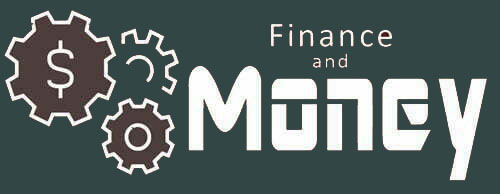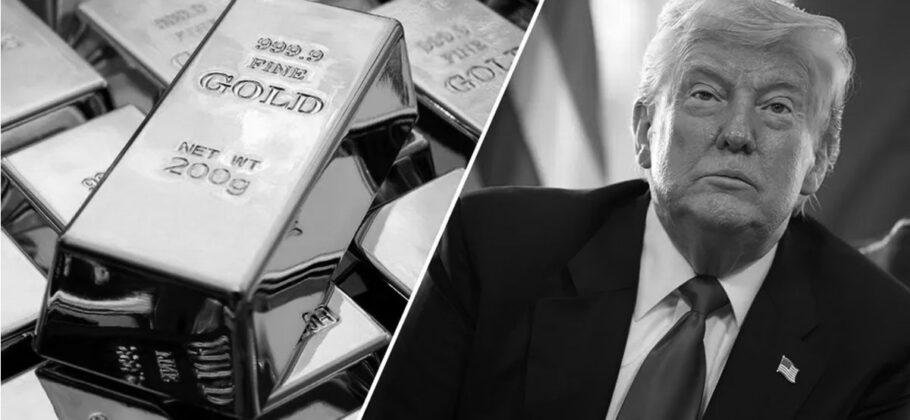President Donald Trump moved quickly on Monday to put an end to days of speculation and market turmoil, assuring investors that gold imports will not face tariffs. “Gold will not be Tariffed!” he wrote in a short but decisive post on Truth Social. The statement directly countered a ruling from U.S. Customs and Border Protection (CBP) that had indicated certain imported gold bars, including those from Switzerland, could be hit with steep duties of up to 39 percent.
That CBP decision, revealed late last week, had thrown the bullion market into disarray. Traders feared that tariffs would disrupt global gold flows and create costly inefficiencies in the futures market. The Swiss Precious Metal Association had warned on Friday that the ruling “may negatively impact the international flow of physical gold,” noting that it could affect not only Switzerland but any country exporting these types of bars to the United States.
The White House now says it will issue an executive order “clarifying misinformation about the tariffing of gold bars and other specialty products.” According to an official who spoke to Axios, this clarification is meant to reaffirm the administration’s original policy exempting bullion from Trump’s broader “reciprocal” tariffs announced earlier this month. Those tariffs, unveiled on August 7, were designed to match duties imposed by U.S. trade partners, but certain commodities such as copper, pharmaceuticals, and gold had been excluded to avoid unnecessary market disruption.
While Trump offered no detailed explanation in his Truth Social post, the administration’s messaging suggests that the decision is rooted in protecting both U.S. markets and the credibility of the futures system. The types of gold bars at the center of the dispute—one-kilogram and 100-ounce cast bars—are used to back contracts on the Commodity Exchange (COMEX), the main U.S. futures market for gold, silver, and other metals. Tariffing those bars could have significantly increased transaction costs, dissuaded foreign suppliers, and reduced liquidity in the market.
“Gold will not be Tariffed!” was all the president said publicly, but his swift intervention suggests a recognition that market confidence can be as important as the underlying commodity itself. By stopping the CBP ruling in its tracks, Trump signaled that his aggressive tariff agenda still has limits when it comes to vital financial instruments.
Market Whiplash and Price Movements
Before Trump’s statement, the market reaction to the CBP ruling had been immediate and severe. On Friday, U.S. gold futures surged to a record high of $3,534.10 per ounce, while London spot gold prices lagged behind, creating an unusual gap of more than $100. That spread reflected fears that tariffs would disrupt bullion shipments, making it harder to settle contracts on COMEX.
After Trump’s Monday announcement, the rally reversed sharply. U.S. gold futures closed down 2.48 percent at $3,404.70 per ounce, while spot gold fell 1.3 percent to $3,354.14. “Spot gold is tumbling, along with futures, as markets unwind the initial shock from U.S. tariffs potentially plunging bullion flows into chaos,” Han Tan, chief market analyst at Nemo.money, told Reuters.
By Monday afternoon, the futures-to-spot spread had narrowed to about $50, a sign that some normalcy was returning. Yet traders remained cautious, as no updated policy had yet been formally posted by U.S. agencies.
Industry Reaction and Lingering Concerns
Market observers welcomed Trump’s reassurance but are waiting for the promised executive order to settle the matter fully. “We see the various segments of the gold markets behaving in an orderly manner as the industry awaits this potential clarification,” said Joseph Cavatoni, senior market strategist for North America at the World Gold Council. “We will continue to monitor the situation and update our research and insights as information becomes clearer.”
The stakes are high. Switzerland, the world’s largest refiner of gold, faces one of the highest U.S. tariff rates at 39 percent. Swiss officials are already engaged in talks with U.S. negotiators to secure a trade agreement that could provide further certainty for exporters. Without a formal exemption in place, the risk of another surprise ruling remains.
Recent History of the Gold Market
Gold has had a remarkable run over the past year, climbing about 32 percent and breaking record after record. It first crossed the $3,000 threshold in March 2025, driven by a combination of persistent geopolitical tensions, slowing global growth, and investor demand for safe-haven assets. These gains follow a long pattern in which gold prices surge during times of economic uncertainty. The metal surpassed $1,000 per ounce during the 2008 financial crisis and broke $2,000 for the first time during the COVID-19 pandemic.
Recent market conditions have also been shaped by central bank policy. While the Federal Reserve has resisted Trump’s calls for lower interest rates, traders are now watching U.S. inflation data closely, with many expecting a 0.3 percent rise in July’s core consumer price index. Lower rates tend to boost gold by making non-interest-bearing assets more attractive, so any sign of Fed easing could extend the rally
Trump’s statement may have brought short-term relief to bullion markets, but the episode highlights how quickly policy signals can unsettle global commodity trading. For now, gold remains a politically sensitive commodity, not just an investment vehicle. Its value is tied not only to market fundamentals but also to the decisions of policymakers—decisions that can send its price soaring or tumbling in a matter of hours.
If the White House follows through with its promised executive order, traders may view gold as once again insulated from Washington’s trade battles. Until then, the market will remain alert, knowing that in an era of shifting tariffs, even one of the oldest forms of wealth can become a sudden point of contention.





